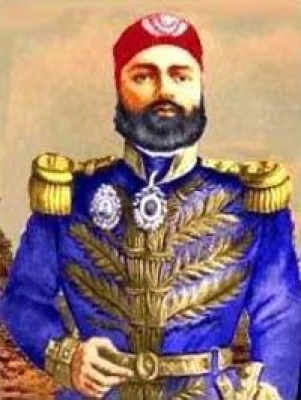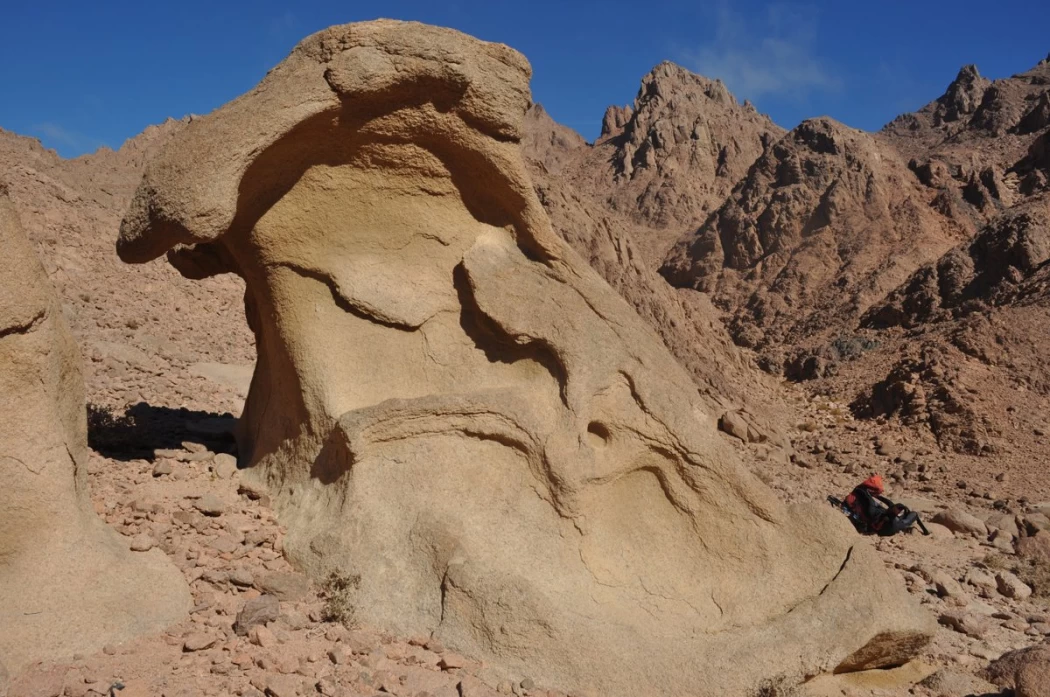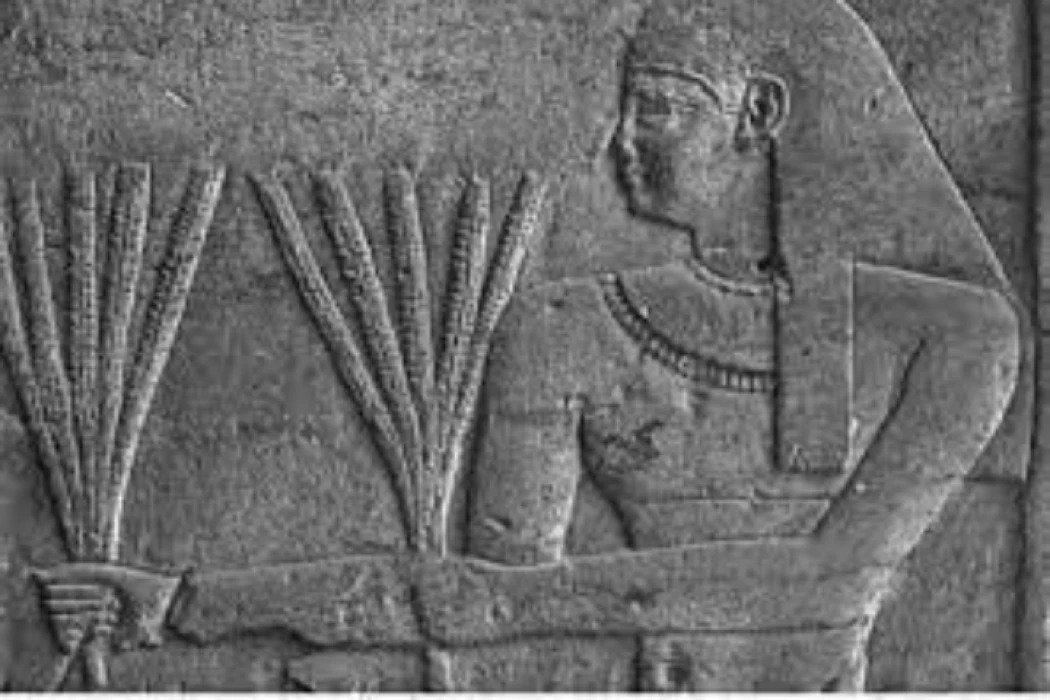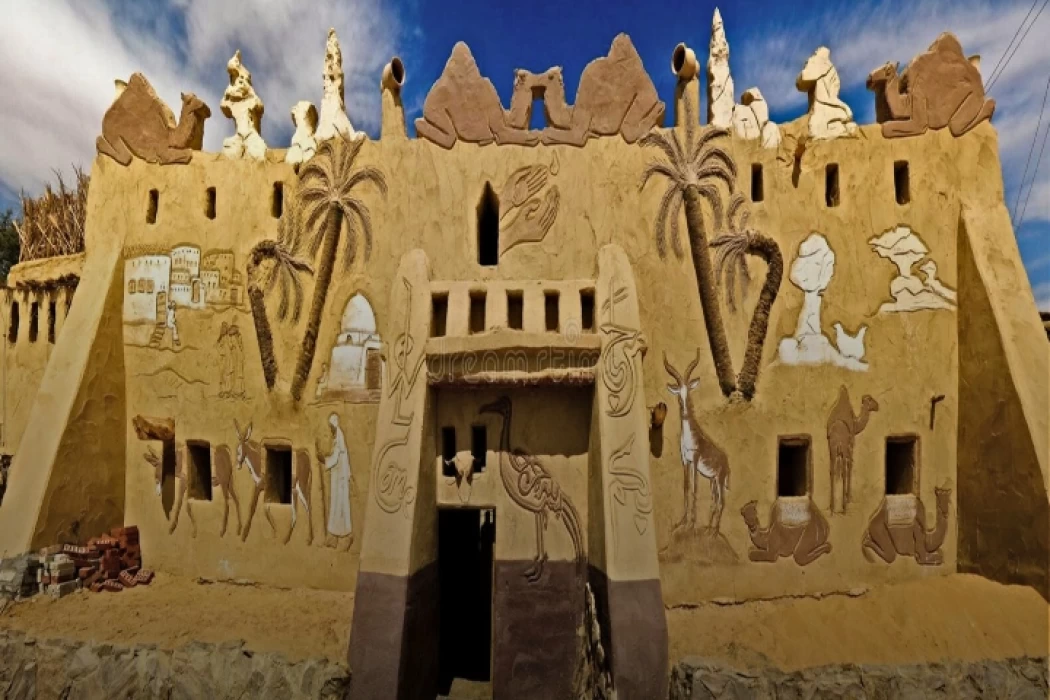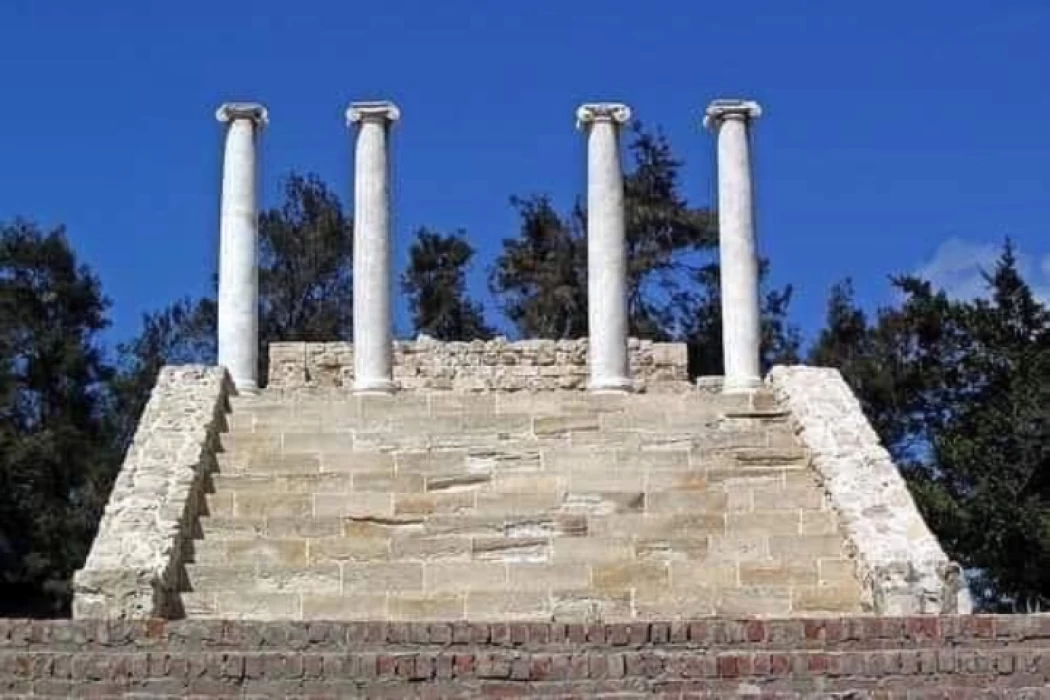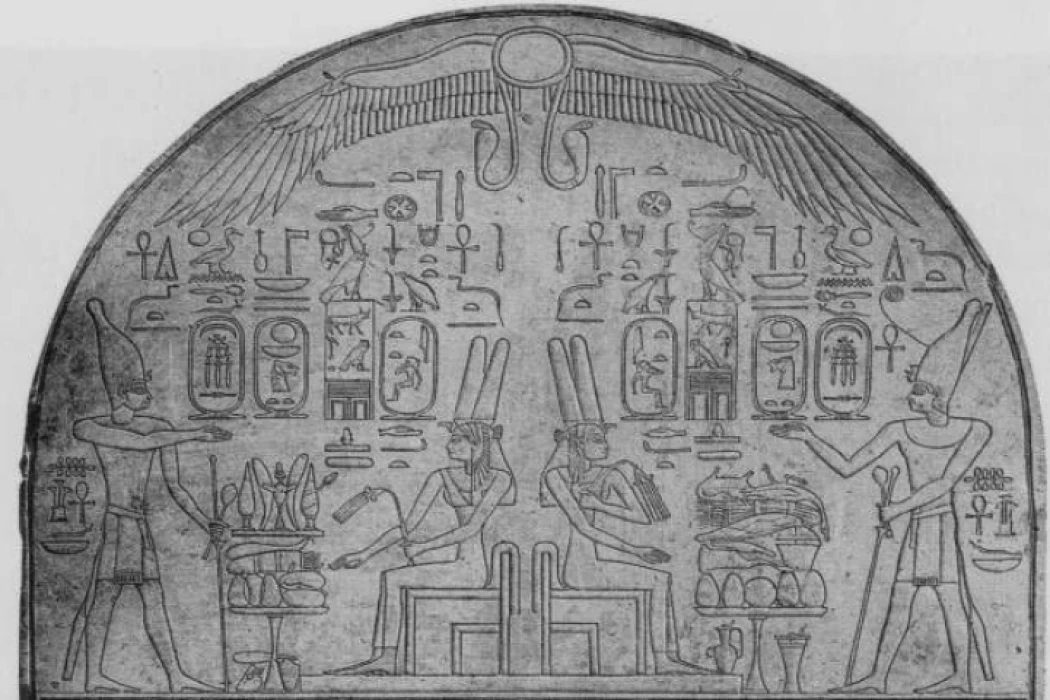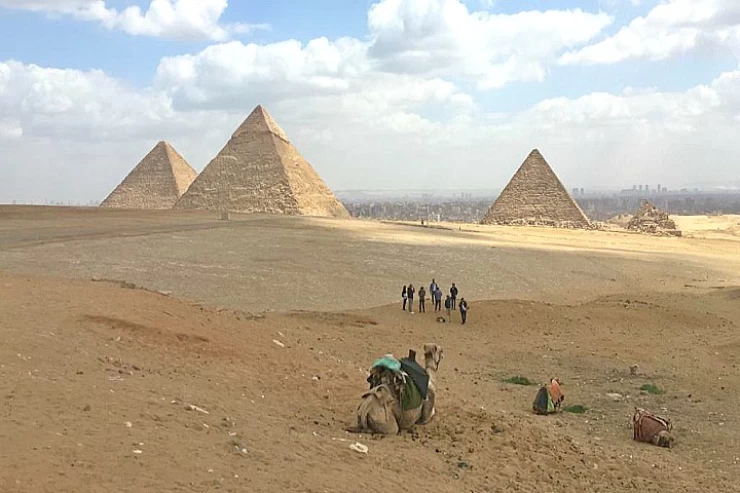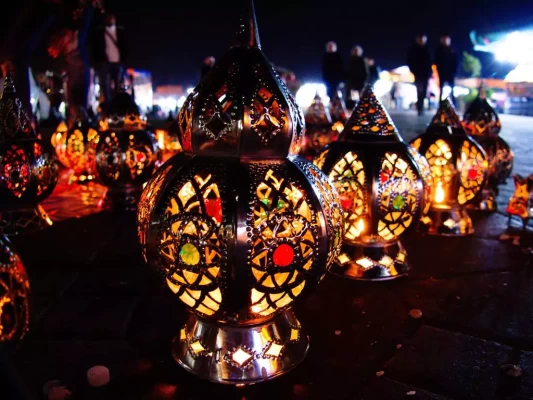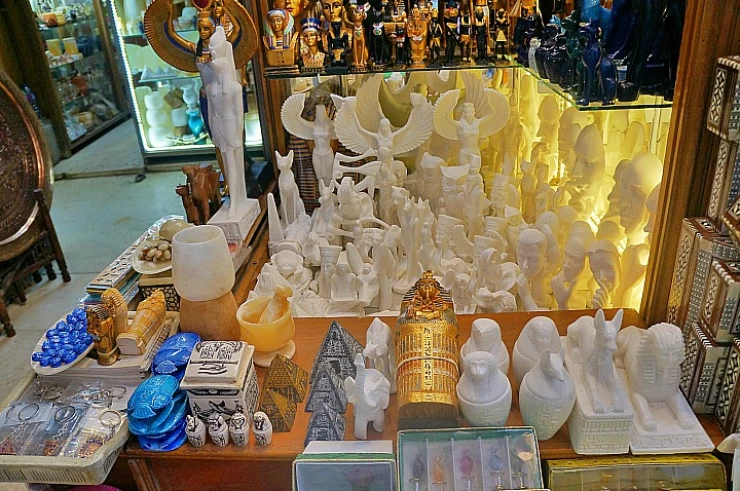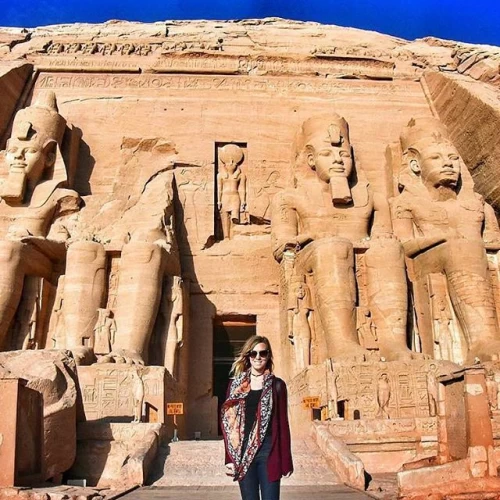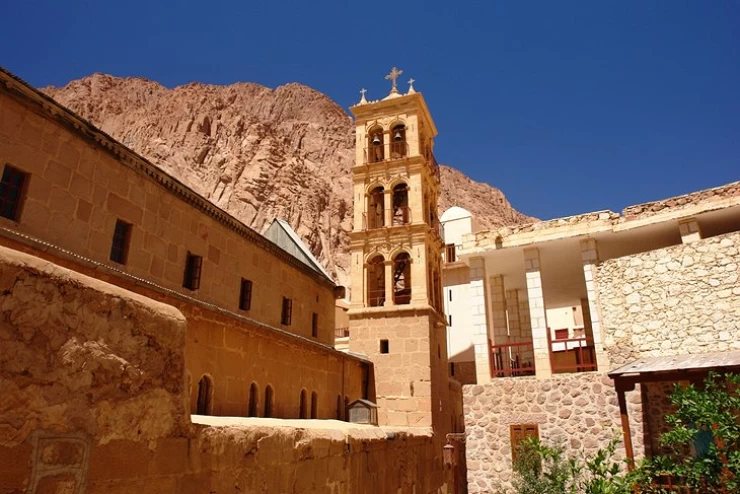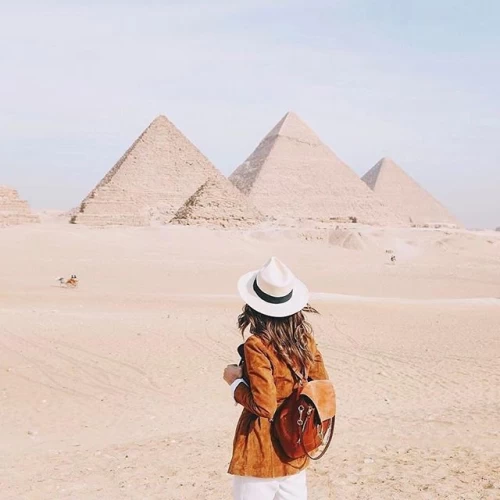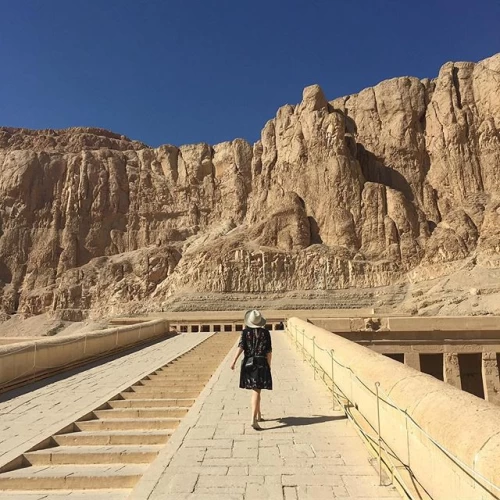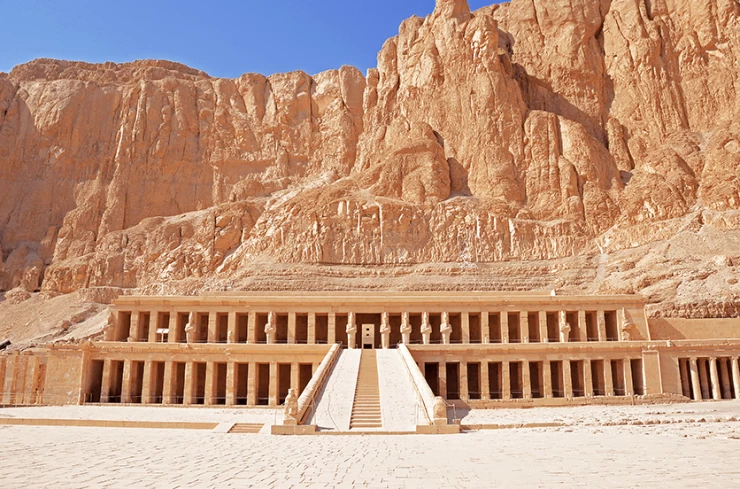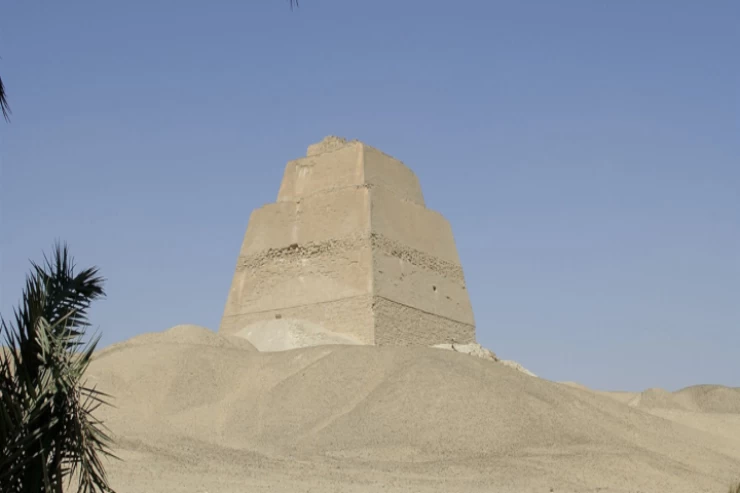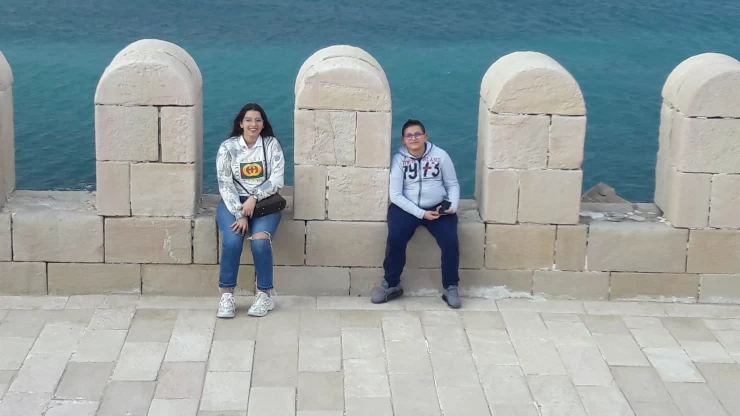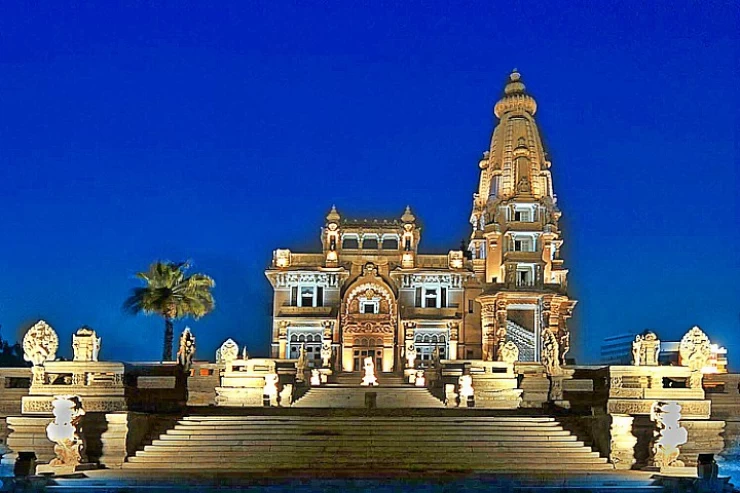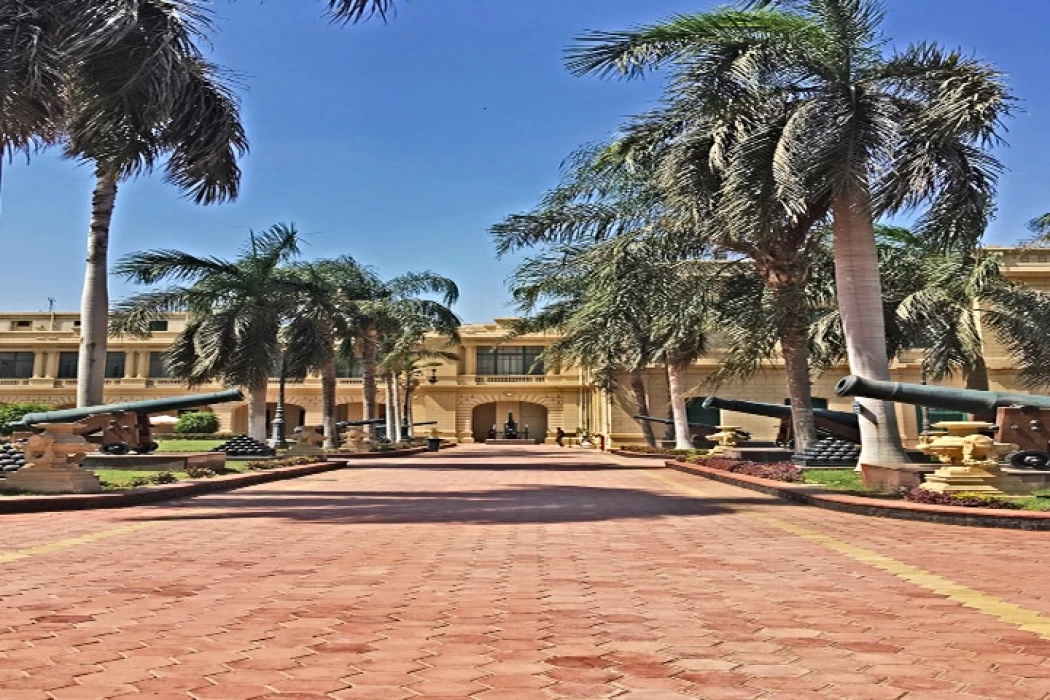
Abdeen Palace in Cairo
Abdeen Palace is one of the most famous historical palaces in Egypt. He witnessed a lot of events from the royal era until the emergence of modern Cairo.
The Abdin Palace is a rare historical masterpiece in the form that turned into a museum reflecting the luxury with which the palace was built and the important events that it witnessed from the royal era until the July Revolution of 1952.
Many people interested in museums are keen to visit it, as it is one of the most important and famous palaces built during the rule of the Muhammad Ali Pasha dynasty of Egypt, where it was the seat of government from 1872 to 1952.
The palace witnessed events that have a great role in the modern and contemporary history of Egypt, and it is also considered the first beginning of the emergence of modern Cairo. At the same time when the palace was being built, Khedive Ismail ordered the layout of Cairo in the European style of spacious squares, wide streets, palaces, buildings, bridges on the Nile, and gardens rich in trees, palm species, and rare plants.
Construction,
He ordered the construction of the palace of Khedive Ismail immediately after he took power in Egypt in 1863.
Naming,
The name of the palace is due to Abdin Bey, one of the military commanders during the reign of Muhammad Ali Pasha, and he owned a small palace in the place of the current Palace. Ismail bought it from his widow, demolished it, annexed extensive lands, and then began to build this palace.
Description of the palace
Halls and salons
The palace contains halls and salons characterized by the color of their walls, the white, red and green salons are used to receive official delegations during their visit to Egypt.
The Library,
In addition to the Palace Library, which contains about 55 thousand books.
Theatre,
The palace also has a theater with hundreds of gilded chairs and has isolated places with curtains for ladies and is now used for private theatrical performances for visitors and guests.
Hospitality suites,
There are many suites inside the palace, such as the Belgian Suite, which was designed to accommodate important guests of Egypt, and was also named because the king of Belgium was the first to stay in it, and this suite includes a bed that is considered a rare artifact due to its decorations and handmade drawings.
Museums,
It has several museums of great historical richness, where the sons and grandsons of Khedive Ismail, who ruled Egypt after him, were fond of putting their touches on the palace and making additions that suit the inclinations and era of each of them. These works included the development and modernization of the weapons museum by reconfiguring it and displaying its contents with the latest display methods, with the addition of a hall to the museum dedicated to displaying various weapons received by the presidents of Egypt from various national authorities.
A complex of various museums was connected by a single visiting line through which the visitor passed the palace gardens. These museums are:
Museum of decorations and engravers,
There are collections of medals and engravers, some of which were made in Egypt, others in Europe, America, Africa, and various countries of the world. Most of them were given to members of the royal family by gift or purchase.
Museum of Weapons,
It consists of a Department of white weapons, with rare collections from different countries of the world from different eras. The most famous exhibit is a sword of the Ottoman Sultan Selim I.
A firearms section with different types of firearms in terms of rarity, variety, and methods of manufacture. The most famous of them are weapons belonging to Napoleon Bonaparte, the French emperor. There is a cannon Square, which is an open Exhibition Square with cannons of various models, some of which were made in Egypt during the reign of Muhammad Ali Pasha.
Silverware Museum,
It is dedicated to the collections of the Mehmet Ali Pasha family of tools and utensils of silver, crystal, colored crystal, and other rare antiques.
It displays precious antiques of the family of Muhammad Ali Pasha from silverware, crystals, and antiques used in eating food and drinks, most of which have the royal crown on them, and some of them have the names of their owners or initials.
Hunting Museum,
Initially, it was a long corridor adjacent to the northern wall of the palace, overlooking the garden. It was converted to fit the display of collectibles collected from the palaces and Royal restrooms of King Farouk and Prince Yusuf Kamal, who were both known for their love of hunting. The museum was opened in 1963.
The museum includes mummified birds, animals, reptiles, deer antlers, elk, Buffalo, and a hunting crocodile from the south of Aswan. Next to the collections of rare colorful butterflies, and groups of migratory birds such as Eagles and Hawks.
The most famous exhibit in that museum is a necklace of Queen Farida, the first wife of King Farouk, which is made of local gold with real Sparrow heads mounted with gold beaks, and an impressive collection of precious hunting weapons.
Latest Articles
Admin
Regin of Abbas I of Egypt | Abbas Pasha I
Abbas has been often described as a mere voluptuary, but Nubar Pasha spoke of him as a true gentleman of the "old school". He was seen as reactionary, morose and taciturn, and spent nearly all his time in his palace. He undid, as far as lay in his power, the works of his grandfather, both good and bad.
Admin
Story of Gabal Shayeb Al Banat - Red Sea Mountain
Jabal shayb al-banat is one of the Red Sea Mountains in the eastern desert in Egypt, located to the west of the city of Hurghada at a latitude of 27 degrees north and a longitude of 33.5 degrees east of the Greenwich line approximately, this mountain is the highest mountain peak in the eastern desert with a height of up to 2185 meters, it is a prominent mass of igneous rocks
Admin
Neper God Of Grain
Neper was the deity of grains, particularly cereals that were important in Ancient Egypt, such as wheat and barley. It was stated that he foretold when the crops would grow, be harvested, and disappear.
Admin
Badr Museum in Farafra
The Badr Museum is located in a mud building, which is the common home found in this medieval part of Egypt. All of the artwork that was created by the artist is quite unique. His work almost always depicts life in the Farafra Oasis and he provides the work through both painting and sculpting.
Admin
The Black Head Temple
The Black Head Temple is a small temple dedicated to the worship of the goddess Isis and was discovered in 1936, by chance, in the Black Head area, which is now located within the Mandara area of the Montazah district in Alexandria. This temple was moved from its original place to the Latin Necropolis in 1994.
Admin
The Queen Tetisheri
Tetisheri was the mother of Seqenenre Tao, Queen Ahhotep I, and possibly Kamose. For sure, she was the mother of Satdjehuty/Satibu, as attested on the rishi coffin of the latter. At Abydos, her grandson King Ahmose I erected a Stela of Queen Tetisheri to announce the construction of a pyramid and a "house" for Tetisheri.
